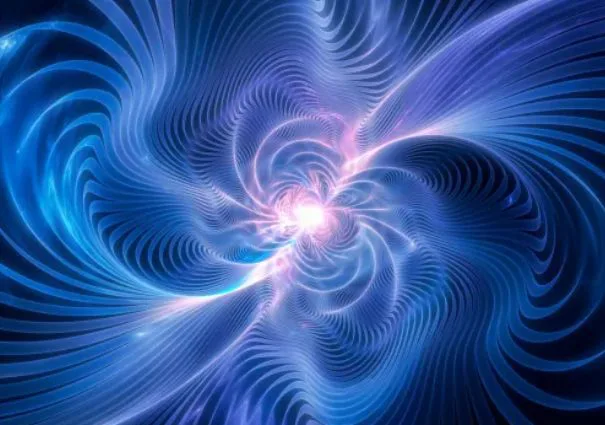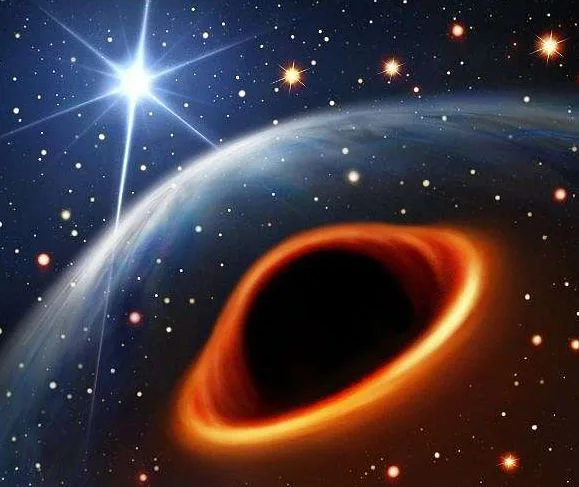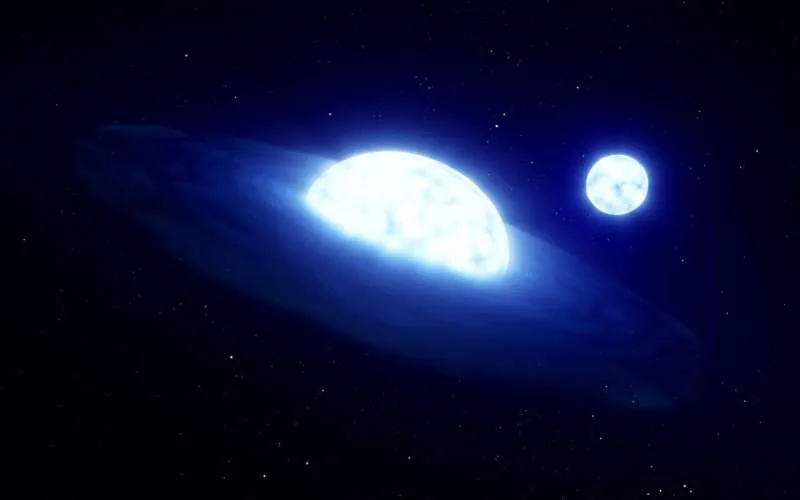
Jonathan Dodd and Professor René Oudmaijer’s recent research at the University of Leeds challenges the assumption that massive Be stars are mainly found in double star systems. The study, however, suggests evidence supporting the idea that these stars might be part of triple star systems. Thus, introducing a new perspective in stellar science.
What are Be Stars?
In astronomy, Be stars are of the B-type and exhibit emission lines in their spectra. These lines suggest the presence of a circumstellar gas disk around the star.
Traditionally, massive Be stars were believed to exist in binary systems. Binary systems consist of two stars in close gravitational interaction. The new evidence raises the possibility of Be stars being part of triple star systems.
Triple systems involve three stars interacting through gravity. Therefore, the findings challenge existing ideas about the nature of Be stars.
Enigma behind the formation of Be Stars
Be stars have been recognized for approximately 150 years, by Italian astronomer Angelo Secchi in 1866. Surprisingly, the formation of Be stars has remained a mystery until now.
However, the prevailing consensus suggests that Be star disks came from rapid rotation. This rotation might be due to binary star interactions.
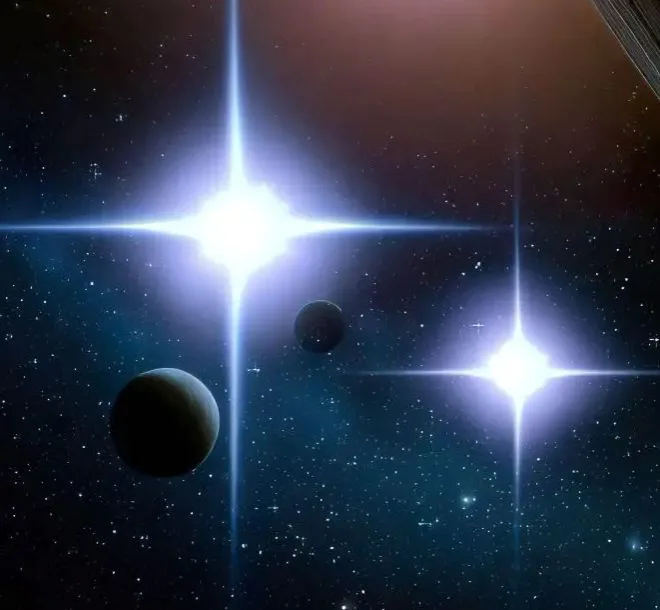
What is the Be phenomenon and how does it relate to mass transfer in binary systems?
As mentioned above, the Be phenomenon involves Balmer emission lines in B-type stars’ spectra. These lines come from a slowly outflowing ionized gas-disc.
The current model proposes close binary interactions, particularly mass transfer.
Be stars are characterized by their unique spectral features. Binary interactions, like mass transfer, play a key role.
In a certain range of separation (somewhere between 0.02-0.04″), there are fewer Be star pairs than expected. Why? The researchers propose a stellar trio. A triple system where star companions gracefully move around.
This finding is a big deal. In simpler terms, Be stars have a unique feature in their spectra, and their formation involves a dance of two stars, with a possible third partner influencing their moves.
Gaia data suggests Be Stars in triple systems
Scientists, using Gaia satellite data, suggest Be stars might exist in triple systems, not just pairs.
If a star moves straight, there’s one star; if it wobbles or spirals, there might be more. Surprisingly, Be stars seemed to have fewer companions than expected, contrary to B stars, added Mr. Dodd.
The principal investigator, Prof. Oudmaijer, suggested the absence of detection might be due to the stars being too faint now.
Eventually, the researchers examined a different dataset, searching for companion stars at greater distances. They concluded that, at these larger separations, the rate of companion stars is similar for both B and Be stars. This hinted at the possibility of a third star is at play, which could be pushing the companion closer to the Be star.
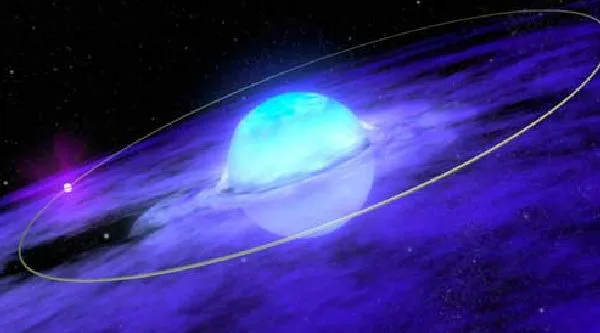
Takeaway
This study provides proof that the Be phenomenon is linked to binary interaction. And it solidifies the idea that mass transfer in close binary systems is the main reason for the quick rotation of Be stars.
The authors also suggest that Be star pairs are missing in the 0.02-0.04″ range because companions move within a triple system. Consequently, confirming the theory that binary interaction triggers the Be phenomenon.
Over all, the study indicates a potential link to triple star configurations. Thus, shedding light on the dynamics of massive stars in various systems.
More information: Jonathan M Dodd et al, Gaia uncovers difference in B and Be star binarity at small scales: evidence for mass transfer causing the Be phenomenon, Monthly Notices of the Royal Astronomical Society (2023). DOI: 10.1093/mnras/stad3105

